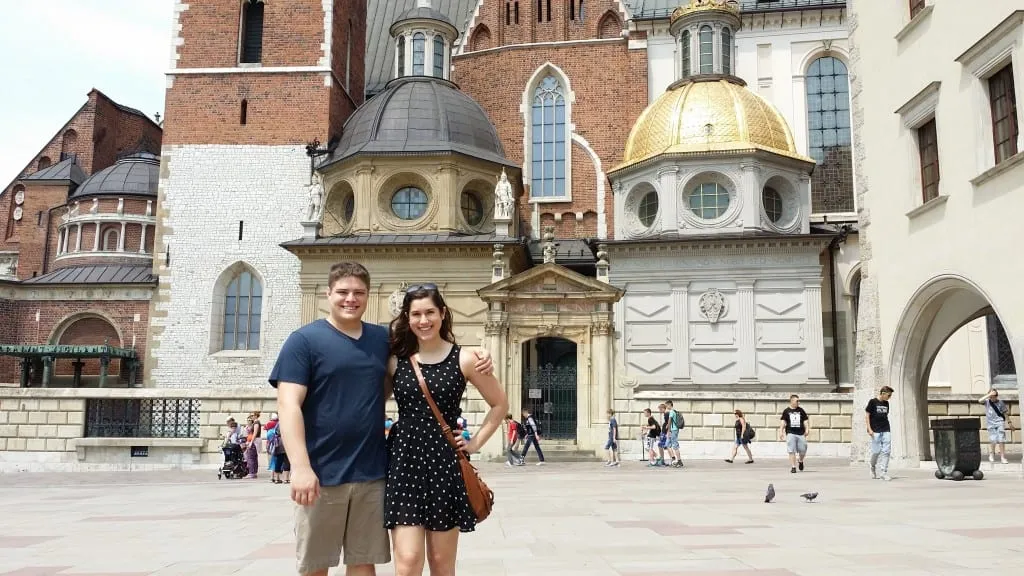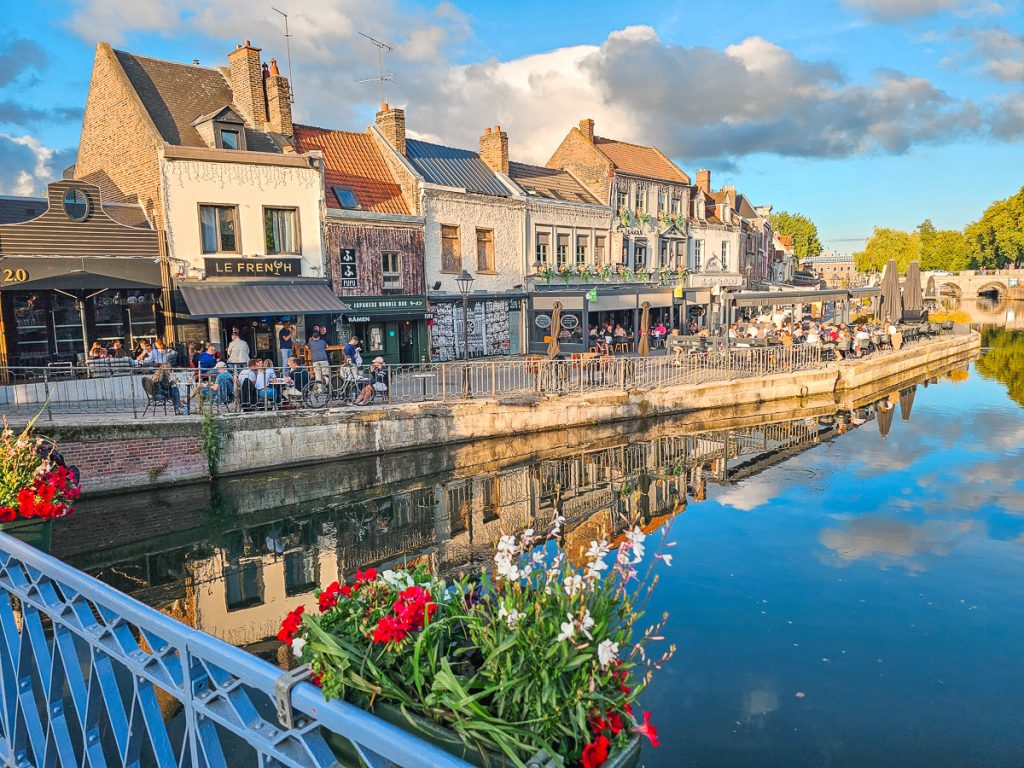
How to Plan the Best 2-Week Europe Itinerary (With Travel Hacks & Tools!)
Planning your first trip to Europe? Feeling overwhelmed by all the choices, logistics, and unfamiliar rules? You’re not alone — but you’re also in the right place.
In this ultimate guide, we’ll walk you through how to plan the perfect 2-week Europe itinerary step by step. From understanding the Schengen Zone and booking cheap flights to choosing the right accommodation, this guide is packed with practical tips, travel hacks, and essential tools to make your Europe trip stress-free.
Step 1: Understand the Schengen Zone
Before you dive into booking flights and mapping out cities, you must understand the Schengen Zone.
This zone allows passport-free travel between 27 European countries — but it doesn’t include all of Europe. Notable exceptions include:
-
United Kingdom
-
Ireland
-
Romania
-
Bulgaria
-
Most Balkan countries
Why does this matter?
-
It affects border controls
-
It impacts how long you can stay in these countries (typically 90 days in any 180-day period for many non-EU visitors)
-
It determines which visa (if any) you might need
👉 For a full breakdown of Schengen rules and countries, check out this guide to the Schengen Zone.
Step 2: Decide How Long to Spend in Europe
How much time can you take off? Be honest.
A 2-week trip is a great starting point for first-timers, but even a week can be memorable with the right itinerary. If you’re coming from overseas, we recommend 10 days minimum to make the most of that jet lag!
📌 Tip: Most visitors can spend up to 90 days in the Schengen Zone without a visa — but check your country’s passport rules to be sure.
Want to spend longer? Plan 90 days in the Schengen area, then hop to non-Schengen countries like Croatia or the UK for extra time.
Step 3: Choose Where to Go (Without Overloading Your Itinerary)
Europe looks small on a map — but it’s packed with incredible diversity. First-timers often try to cram too many cities and countries into one trip. Don’t do that.
✈️ Instead, choose 1–2 regions or countries and explore them more deeply.
Some great 2-week itinerary examples:
-
London → Paris → Amsterdam
-
Barcelona → Southern France → Italy (Cinque Terre or Rome)
-
Switzerland → Austria → Prague
Use platforms like Pinterest, Instagram, and TikTok to shortlist destinations that fit your vibe, whether that’s food, history, architecture, or scenery.
Need ideas? We’ve compiled 40+ one-week Europe itineraries on HappyToWander.com to help spark inspiration.
Step 4: Check Visa & Entry Requirements
Visa requirements vary by passport. Canadians, Americans, Australians, and many others don’t need a visa for short stays — but as of 2025, you’ll need to complete an ETIAS (European Travel Information and Authorization System) form before entering.
🎯 Action Tip: Use your government’s official travel website to check up-to-date visa and health entry requirements. Avoid third-party visa sites — many just try to upsell services you don’t need.
Step 5: Book Your Flights to Europe (Smartly!)
Now the fun starts — let’s book those flights.
Best tool: Google Flights
It’s easy to use and full of features that help you save money.
Here’s how to search like a pro:
-
Type your home airport
-
Use “Europe” as a destination to find the cheapest entry points
-
Use the map view + flexible dates to explore the cheapest flights in your time window
-
Use the date grid tool to see how prices change day by day
-
Once you’ve chosen your flight, book directly through the airline (better for cancellations and customer service)
💳 Bonus Tip: Use a travel rewards credit card to earn points on your bookings. We love the Amex Platinum for its welcome bonus and perks.
Step 6: Choose the Right Accommodation
Accommodation in Europe ranges from budget hostels to boutique hotels and luxury Airbnbs. Here’s how to decide:
✅ Hostels:
-
Great for budget travelers & solo adventurers
-
Often include private room options
-
Social and affordable, but lack privacy
✅ Guesthouses:
-
Small, homely, often family-run
-
Great value and more personal
-
Fewer amenities, limited check-in hours
✅ Hotels:
-
Chain or boutique options
-
More amenities (reception, breakfast)
-
Keep in mind: Europe’s star rating system is different (a 2-star in Europe can still be very nice!)
✅ Vacation Rentals (Airbnb/VRBO):
-
Great for longer stays or families
-
Can save money by cooking at home
-
Beware: cleaning fees, chores, and inconsistent service can be a downside for short stays
🚨 Pro Tip: Always check if the hotel offers a direct booking discount. Many provide perks like free breakfast or better cancellation policies.
Final Thoughts: Don’t Forget These Key Travel Tools
-
📱 Google Flights: Best tool for booking airfare
-
🧾 Official visa websites: Double-check requirements
-
🏨 Booking.com or Google Hotels: Great for comparing stays
-
📍 Rome2Rio and Omio: Perfect for planning train and bus travel between cities
-
📔 Free Europe Trip Planning Workbook: Download it here


















































